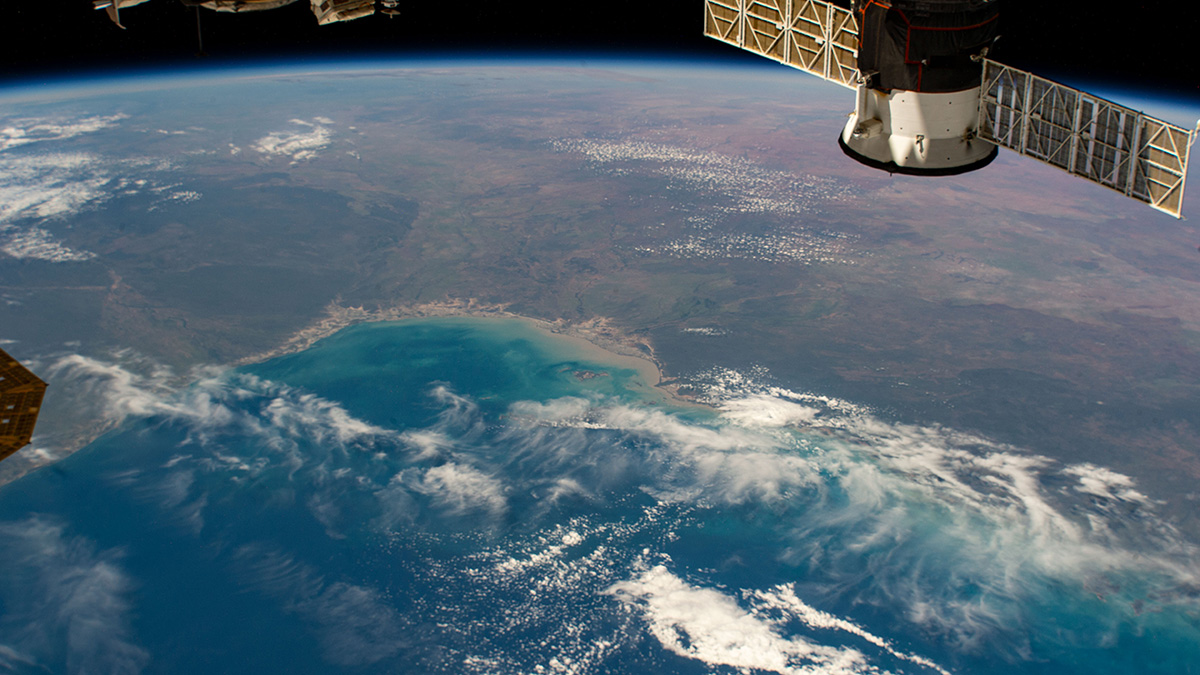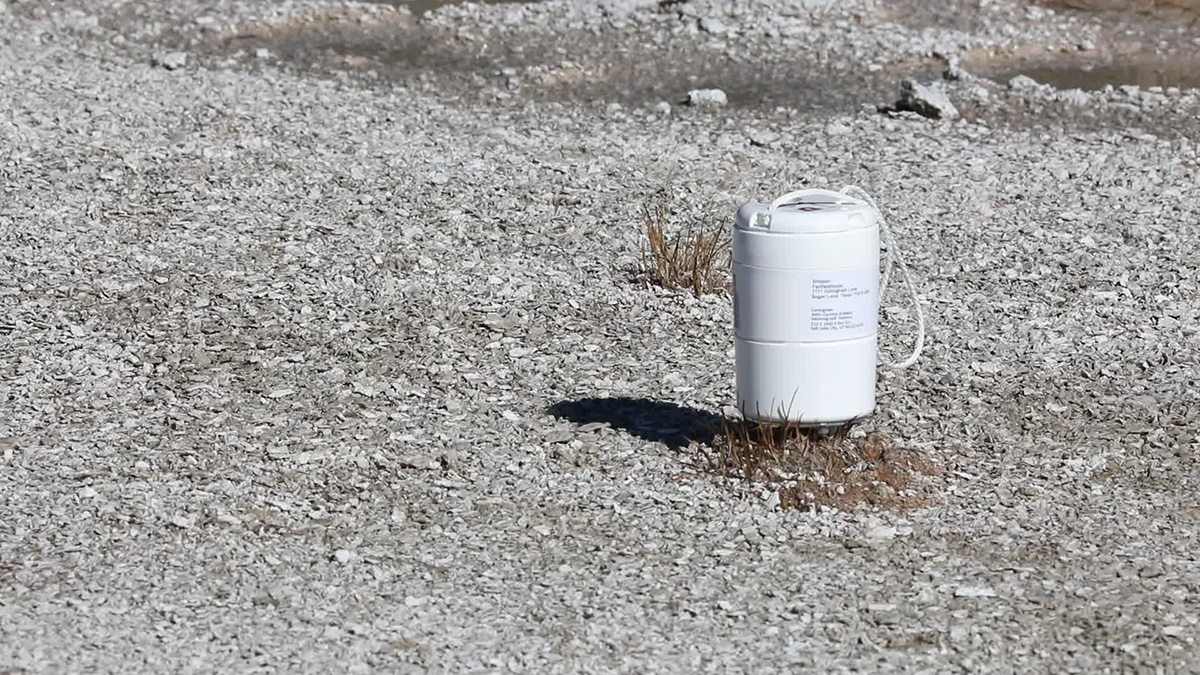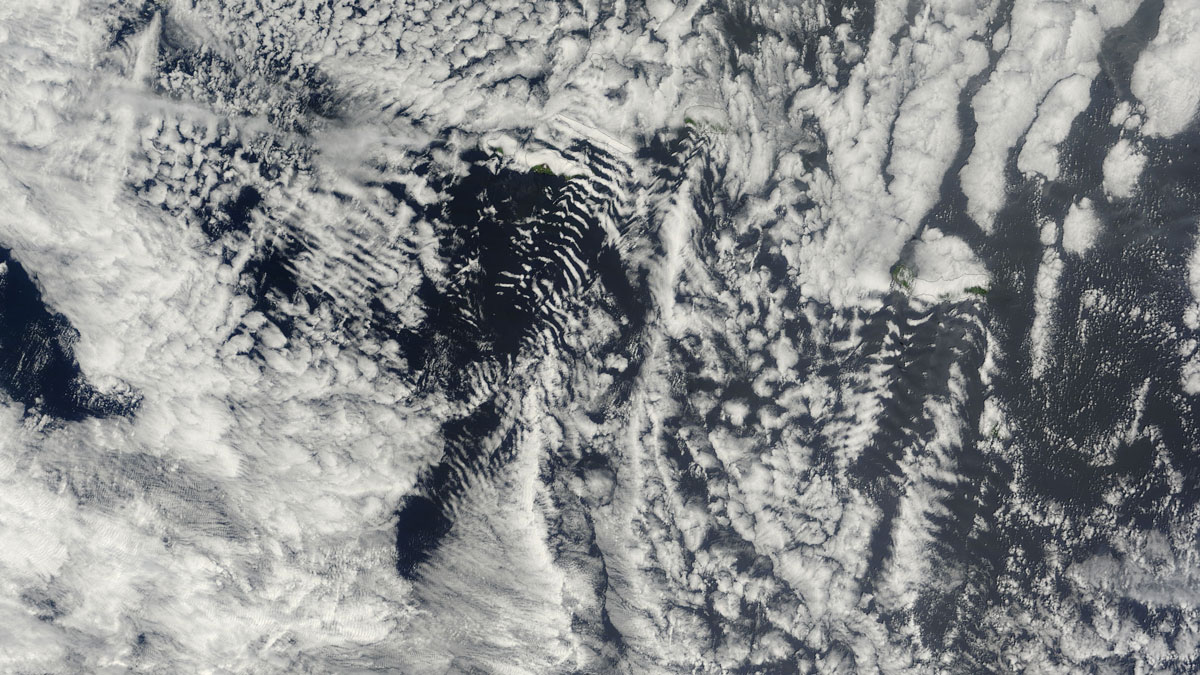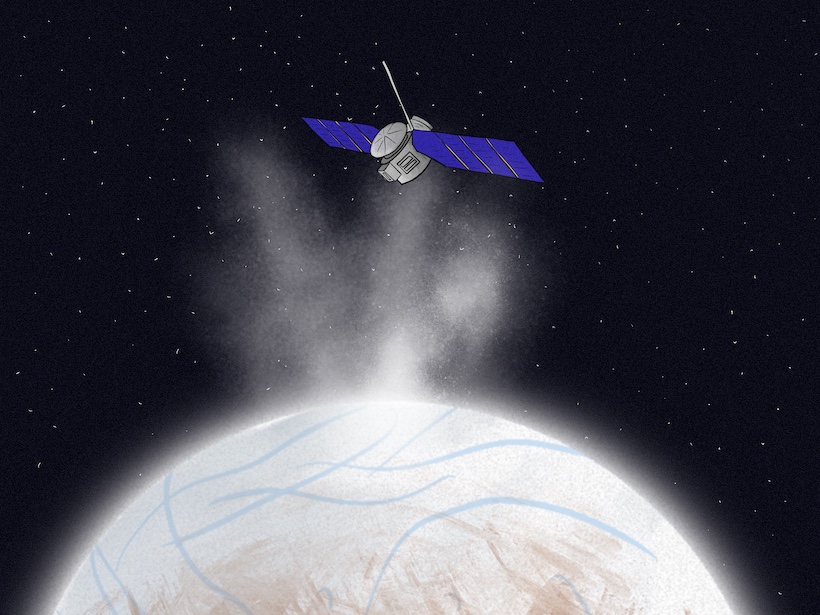GRACE-FO卫星上基于激光的仪器可以扩展到其他地球物理应用,用来收集地球系统中月内时间尺度上的质量变化的数据。
JoAnna Wendel
JoAnna Wendel is a freelance science writer and cartoonist. She covers topics ranging from the geology of faraway moons to the behavior of animals in our oceans. She served as a staff writer for Eos from 2014 to 2018, then worked in communications in NASA’s Planetary Sciences Division. JoAnna is now freelancing full time as a writer and artist.
Satellites’ Lasers Reveal Changes in Earth’s Water Movement
The laser-based instruments aboard the GRACE-FO satellites may be extended to other geophysical applications to collect data on other submonthly mass changes in Earth’s system.
Potential of Leaking Modes to Reveal Underground Structure
Instead of waiting for earthquake waves to tell scientists about the structure of Earth’s interior, scientists can now use ambient noise from humans to “see” underground.
How Do Marine Gases Affect Cloud Formation?
By using novel aircraft measurements over the eastern North Atlantic Ocean, researchers shed light on the relationship between common marine biogenic gases and the microphysical properties of clouds.
Clues to Pluto’s History Lie in Its Faults
Studying geological features on Pluto’s surface can illuminate the ancient history of how the dwarf planet formed.
Scientists Turn Back Time to Track Methane Emissions on Mars
Period spikes of methane on Mars could originate inside Gale crater, where NASA’s Curiosity rover is currently exploring.s
Machine Learning Algorithms Help Scientists Explore Mars
Researchers applied machine learning algorithms to several distinct chemical compositions of Mars and suggest that these algorithms could be a powerful tool to map the planet’s surface on a large scale.
El universo de Dune inspira la nomenclatura de Titán
En todo el sistema solar, la ciencia choca con la ciencia ficción en formas literarias.
Esta búsqueda por vida alienígena comienza con la destrucción de bacterias en la Tierra
Algún día, un catálogo de fragmentos moleculares podría ayudar a científicos a identificar vida extraterrestre en las lunas heladas de nuestro sistema solar.










